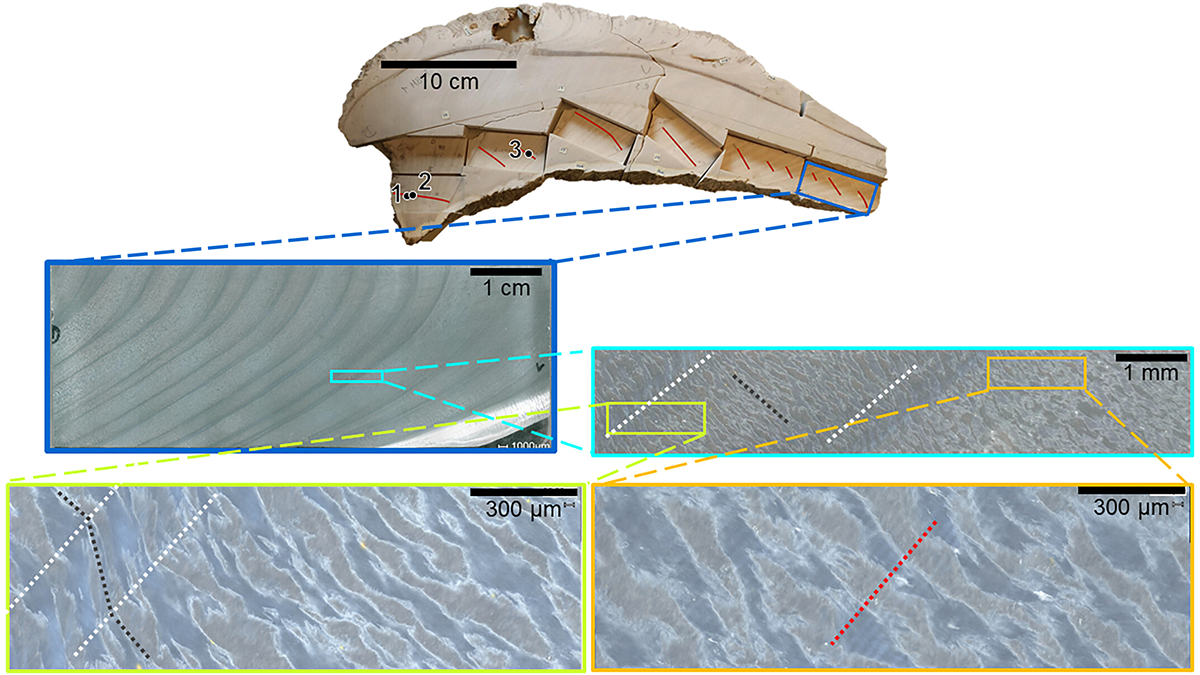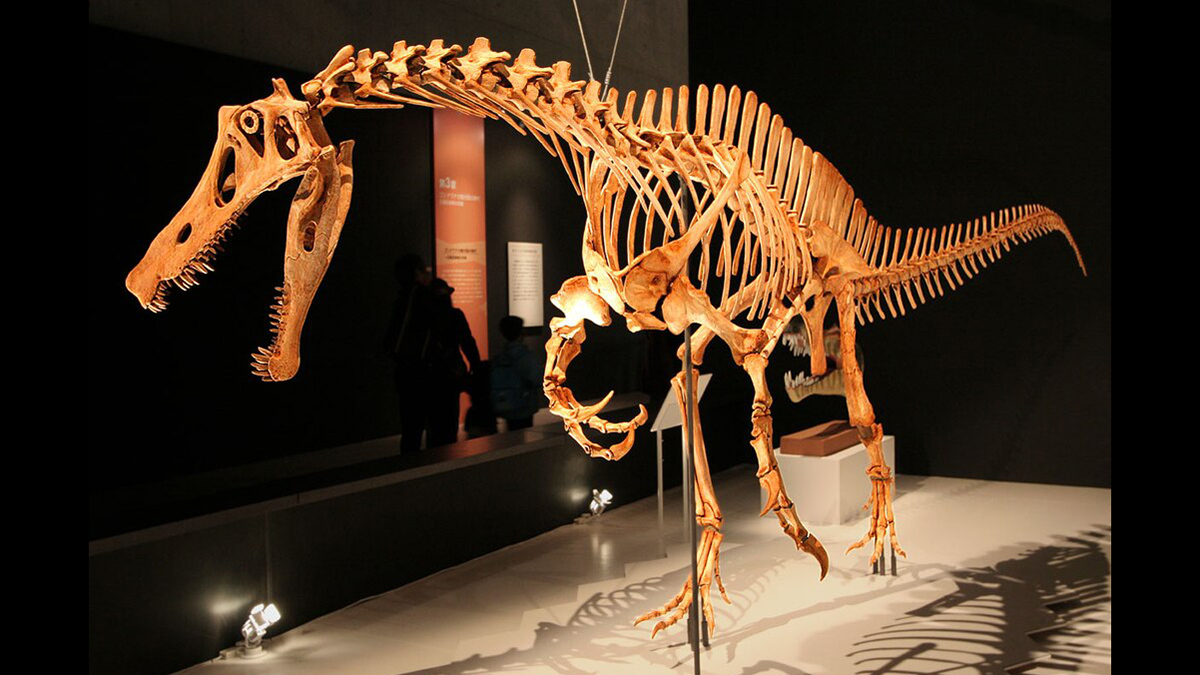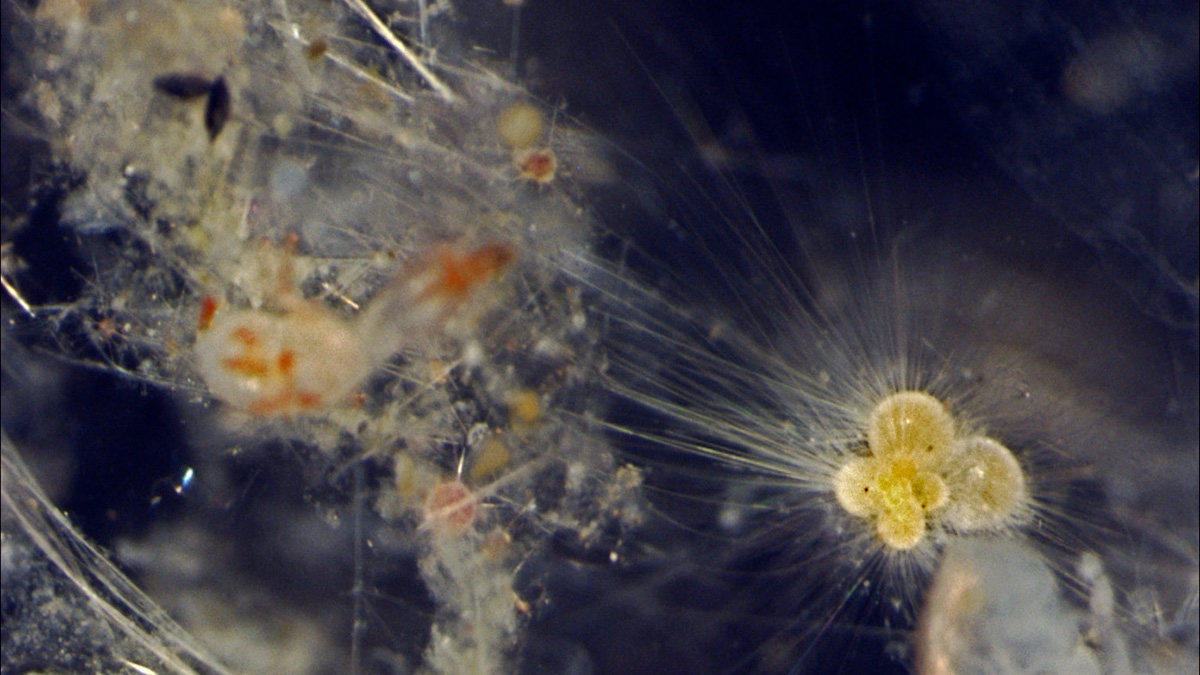Snapchat, the multimedia messaging app, offers a range of features that make it an unexpectedly useful tool for geoscientists on the go.
fossils & paleontology
Water Corridors Helped Homo sapiens Disperse out of Africa
Wetland conditions during the last interglacial period in parts of the Levant helped propel our ancestors into Arabia, new research suggests.
Ultra-High-Resolution Age Model in Clams Yields Daily Paleo-Data
Using geochemical techniques, scientists identify daily cycles in fossilized giant clams, which permits climate reconstructions at the weather timescale.
La exportación ilegal de fósiles es más que un Irritator para el Sur Global
Más de 2,000 investigadores han firmado una carta abierta solicitando la repatriación del fósil de dinosaurio a Brasil. Algunos afirman que el caso pone de manifiesto un modelo de colonialismo científico en la paleontología.
Shifts in Tectonic Plates Change Biodiversity
A 36-million-year cycle of marine biodiversity booms and busts matches the movements of plate tectonics, linking what happens deep below the ocean to what’s happening in it.
Illegal Fossil Export Is More Than an Irritator to the Global South
More than 2,000 researchers have signed an open letter requesting the repatriation of a dinosaur fossil to Brazil. Some say the case highlights a pattern of scientific colonialism in paleontology.
Aline Ghilardi: Fighting Against Colonialism and Sexism in Paleontology
The Brazilian scientist is one of the leading voices in the movement to bring a rare fossil back to Brazil.
Eiko Kitao: Fossil Hunter and Passionate Educator
From uncovering giant ground sloths to helping build a fossil database, Kitao goes above and beyond as a laboratory technician at Santa Barbara City College.
Humans Adapted to Diverse Habitats as Climate and Landscapes Changed
Long-term changes in Earth’s climate affected the dispersal of human ancestors and their adaptation to diverse habitats, a new study finds.
Marine Life May Be Headed to Higher Latitudes
Researchers tracked plankton through a changing climate over 8 million years. Now, that knowledge is helping scientists understand the coming effects of warming oceans.










